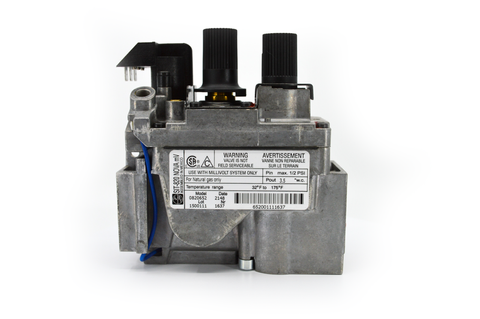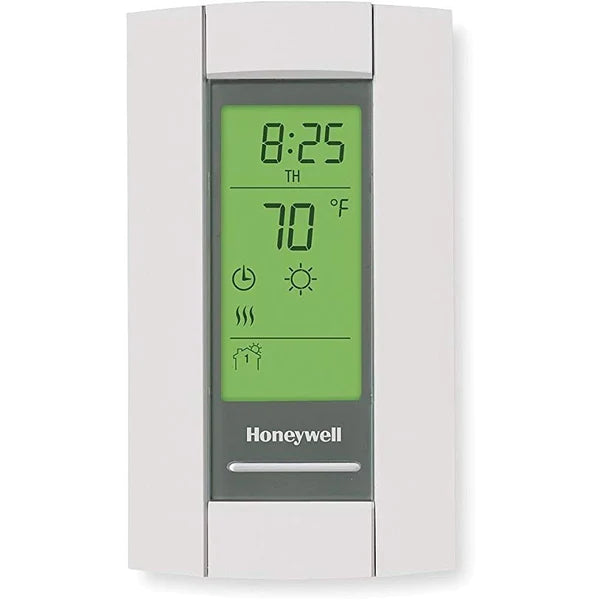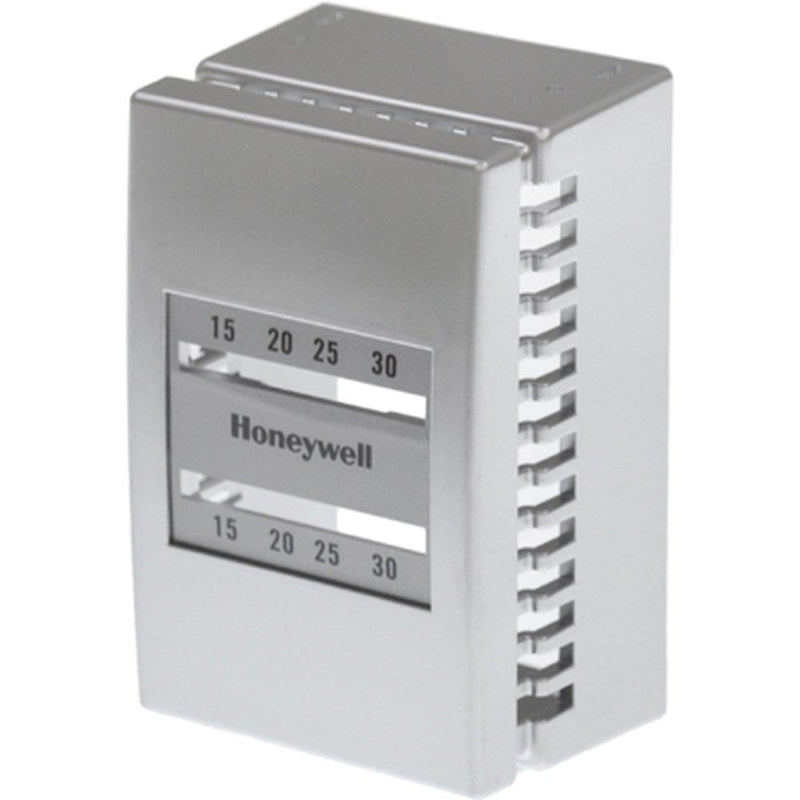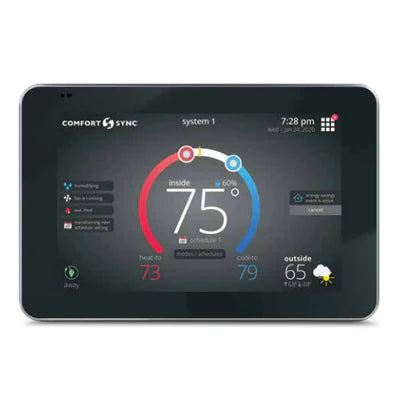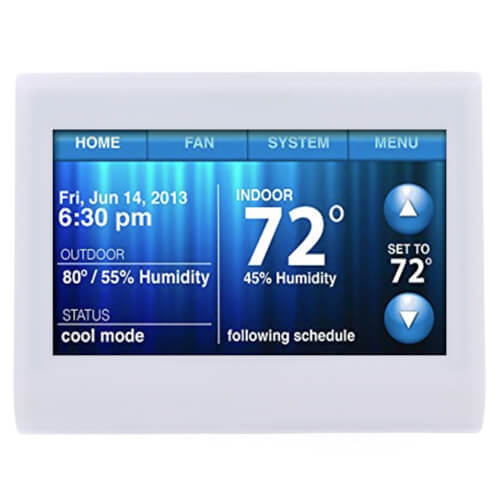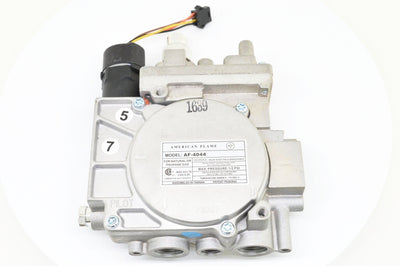- Sort by Featured
- Sort by Best Selling
- Sort by Alphabetically, A-Z
- Sort by Alphabetically, Z-A
- Sort by Price, low to high
- Sort by Price, high to low
- Sort by Date, new to old
- Sort by Date, old to new
- Sort by Featured
- Sort by Best Selling
- Sort by Alphabetically, A-Z
- Sort by Alphabetically, Z-A
- Sort by Price, low to high
- Sort by Price, high to low
- Sort by Date, new to old
- Sort by Date, old to new
What are HVAC Gas Valves?
Heating, ventilation, and air conditioning (HVAC) gas valves are essential to keep a home or building climate control system running optimally. These valves are designed to regulate gas flow between two points in a home’s HVAC system. They make sure that there is sufficient gas for the furnace to burn and ensure that the combustion process is safe.
How Do HVAC Gas Valves Work?
HVAC gas valves control the flow rate of natural or propane gas within an enclosed space. A motor-driven valve will open or close depending on how much current it receives from a thermostat. On cold days, a thermostat will send more current to the valve, thus opening it wider and allowing more fuel into the furnace chamber. Conversely, when it is hot outside, less current is sent, and the valve closes slightly, throttling back on fuel to save energy.
Types of HVAC Gas Valves
There are several types of HVAC gas valves available depending on what kind of furnace they are connected to:
Butterfly Valves
These are designed with a circular disc shape that slides over an opening to adjust airflow into a chamber. The disc can be manually adjusted with a knob or lever depending on how much airflow you need for your heating needs.
Globe Valves
These look like flat discs with small holes throughout them. When opened, these holes allow air from outside the chamber to enter and mix with whatever fuel is inside before combustion occurs.
Diaphragm Valves
This type of valve has two parts – an inner diaphragm that moves up and down as pressure inside changes and an outer housing that contains this diaphragm so that fuel can pass through when needed. Opening and closing times can also be adjusted with a knob or lever, depending on how much fuel you need at any given time.
Ball Valve
This type looks like a ball sitting inside of another chamber that contains both sides of the valve body; when turned one way, it allows air in a while blocking out any other gases while turning it in another direction completely blocks off all gasses entering or exiting that chamber. The main advantage here is that it requires very little effort to operate since only one side needs to be moved for it to work correctly.
Benefits Of Installing An HVAC Gas Valve
Installing an HVAC gas valve offers numerous advantages for homeowners, including:
Increased Energy Efficiency
Most modern HVAC systems feature some form of automated temperature control via thermostats which use sensors to detect room temperatures and adjust accordingly; this makes sure your home stays comfortable while minimizing energy consumption by not allowing too much fuel into the chamber at any given time as well as avoiding unnecessary cooling/heating cycles when not necessary due to manual user input errors (overriding temperatures).
More Accurate Temperature Control
Because these valves can be precisely controlled, homeowners have full control over their climate in terms of adjusting temperatures up or down as desired without having to adjust settings every few hours or so manually; this allows them peace of mind knowing their house temperature will always stay consistent regardless if they're asleep/not home, etc.
Reduced Maintenance Costs
Having an automated system eliminates most potential problems associated with manual adjustments, such as mismatched calibration settings & human error, which could lead to costly repairs down the line; by having an automated system, users avoid any potential mishaps & keep repair costs low due to inevitable malfunctions & wear & tear over time caused by manual adjustments being made improperly/too often, etc.
Introduction To Gas Conversion Kits
HVAC Gas Valve Conversion Kits are the perfect solution for anyone who needs to upgrade an existing gas valve system or replace a faulty one. These kits contain all the necessary parts and components to easily convert any furnace from natural gas to propane or vice versa.
This makes them ideal for those who want to make their homes more energy-efficient and reduce their carbon footprint. With a conversion kit, you can quickly switch fuels with minimal effort, which is great for both new construction projects and existing buildings alike.
What is an HVAC Gas Valve Conversion Kit?
An HVAC Gas Valve Conversion Kit is a complete set of components designed to make switching between different fuel sources easier and more efficient. It contains all the necessary parts, such as valves, fittings, regulators, cutoffs, safety switches, and other accessories needed to properly convert your current system from natural gas to propane or vice versa. These kits come in various sizes and configurations, so you can find the right one for your particular setup.
Conclusion
HVAC gas valves are essential components for optimizing climate control systems inside homes & buildings alike; they provide homeowners with increased energy efficiency due to automated temperature control alongside accurate temperature regulation & lower maintenance costs associated with manual adjustments being made incorrectly/too often etc. With all these benefits considered, installing an HVAC gas valve should definitely be considered by anyone looking for improved climate regulation & cost savings long term!









